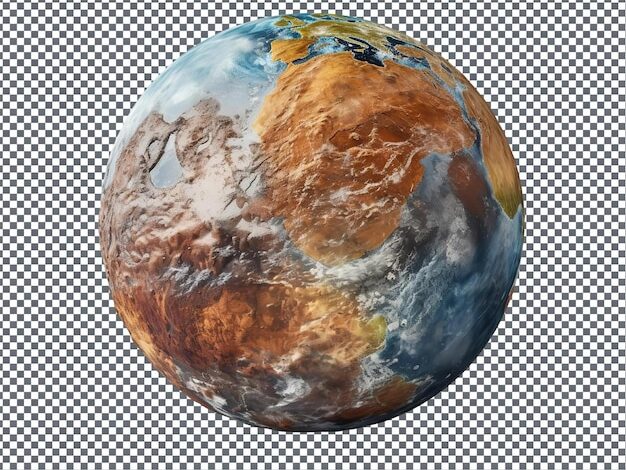Erotthos: Rediscovering Balance in a Fractured World

In an era defined by relentless change and fragmentation, the ancient concept of Erotthos emerges as a beacon of holistic wisdom. Far more than a philosophical relic, Erotthos represents a timeless framework for understanding the interconnectedness of life—bridging the self, society, and the natural world. Rooted in Hellenic traditions yet startlingly relevant today, it challenges our reductionist tendencies and invites us to cultivate equilibrium in thought, action, and being. This article delves into the depths of Erotthos, exploring its principles, applications, and transformative potential for individuals and communities navigating modern complexity. By resurrecting this integrative paradigm, we unlock pathways to resilience, empathy, and sustainable harmony.
What is Erotthos? Defining the Foundational Framework
Erotthos (pronounced eh-ROTH-os) derives from classical philosophies emphasizing dynamic equilibrium and relational integrity. Unlike rigid doctrines, it is a fluid ethos acknowledging that all entities—human, ecological, or systemic—thrive through reciprocal balance. At its core, Erotthos rejects binaries (e.g., mind/body, individual/collective) and instead advocates for symbiotic coexistence. Historically, it informed Hellenic ethics, governance, and even medicine, where health was viewed as harmony between bodily “humors” and environmental forces. Today, Erotthos offers a counter-narrative to hyper-specialization, urging us to perceive life as an interdependent web where disruption in one sphere cascades through others. Its revival responds to contemporary crises—climate collapse, social polarization, and mental health epidemics—by recentering wholeness over fragmentation.
The Four Pillars of Erotthos: Sustaining Universal Harmony
Erotthos operationalizes balance through four interdependent pillars. Inner Equilibrium addresses the self, advocating for practices like reflective meditation and emotional agility to align intellect, intuition, and instinct. This pillar rejects the glorification of relentless productivity, framing self-awareness as the bedrock of external harmony. Communal Symbiosis extends this balance to societal structures, promoting economic models prioritizing mutual aid over exploitation, and governance blending authority with grassroots agency. Examples include circular economies and deliberative democracies where diverse voices co-create solutions. Ecological Reciprocity confronts humanity’s extractive relationship with nature, demanding regenerative agriculture, biomimicry in design, and rights for non-human entities. Finally, Temporal Fluidity reconciles tradition with innovation, honoring ancestral wisdom while adapting it to modern challenges—such as integrating indigenous land stewardship into climate policy. These pillars collectively forge a resilient lattice for sustainable existence.
Erotthos in Practice: From Theory to Tangible Impact
Implementing Erotthos transcends abstract ideals; it manifests in actionable paradigms reshaping education, leadership, and community development. In pedagogy, Erotthos-inspired curricula replace standardized testing with interdisciplinary, project-based learning—students might study river ecosystems through biology, local history, and civic art, fostering systemic thinking. Organizational leadership embracing Erotthos replaces top-down hierarchies with “teal” structures, where decision-making is distributed, and employee well-being is prioritized alongside profit. Companies like Patagonia exemplify this through environmental advocacy and ethical supply chains. Meanwhile, urban planning projects deploy Erotthos by designing “15-minute cities” where housing, work, and leisure coexist locally, reducing carbon footprints while strengthening neighborhood bonds. These cases prove Erotthos is not utopian but pragmatically scalable, turning balance into lived reality.
Navigating Challenges: Criticisms and Adaptive Evolution
Despite its promise, Erotthos faces critiques, notably its perceived vagueness or incompatibility with capitalist realism. Detractors argue that “balance” is subjective and risks perpetuating complacency in oppressive systems. Addressing this requires clarifying that Erotthos demands active equilibrium—confronting injustice while avoiding reactive extremism. Another challenge lies in cultural appropriation; as a Hellenic concept, its modern application must avoid erasure by engaging globally diverse traditions of harmony, like Ubuntu or Buen Vivir. Furthermore, Erotthos must evolve technologically, integrating AI ethics where algorithms perpetuate bias. Solutions include “slow tech” movements and digital minimalism, ensuring tools serve human flourishing rather than fragmentation. These adaptations position Erotthos not as dogma, but as a living ethos responsive to emergent complexities.
Conclusion
Erotthos is more than a philosophical curiosity—it is an urgent compass for realigning our fractured world. By championing balance within ourselves, our communities, and our relationship with Earth, it offers antidotes to the crises of disconnection and excess defining the Anthropocene. Embracing Erotthos requires courage to dismantle siloed thinking and rebuild systems honoring interdependence. As we cultivate inner equilibrium, foster communal symbiosis, practice ecological reciprocity, and honor temporal fluidity, we co-create a future where resilience emerges from unity, not uniformity. The journey toward Erotthos is neither swift nor simple, but its promise—a world where humanity thrives with, not against, the tapestry of life—makes the pursuit indispensable.
Frequently Asked Questions (FAQs)
Q1: Is Erotthos a religion or spiritual practice?
No, Erotthos is not a religion. It is a philosophical framework rooted in classical Hellenic thought but applicable universally. While it may incorporate mindful or reflective practices similar to spirituality (e.g., meditation for inner equilibrium), it does not require adherence to deities or dogma. Erotthos is compatible with secular, religious, or agnostic worldviews, focusing on ethics and systems thinking rather than metaphysics.
Q2: How can individuals practice Erotthos daily?
Start with micro-actions:
-
Inner Equilibrium: Dedicate 10 minutes daily to journaling or mindful breathing to align thoughts and emotions.
-
Communal Symbiosis: Support local mutual-aid networks or practice active listening in conversations.
-
Ecological Reciprocity: Adopt plant-based meals twice weekly or join community clean-up initiatives.
-
Temporal Fluidity: Learn one traditional skill (e.g., gardening, mending) while critically engaging with technology.
Q3: Does Erotthos conflict with technological advancement?
Not inherently. Erotthos encourages purposeful innovation that serves holistic harmony. For instance, it advocates for renewable energy tech that reduces ecological harm or AI designed with ethical transparency. The critique lies in unchecked technological growth that exacerbates inequality or environmental degradation. Erotthos asks: “Does this tool enhance balance, or deepen fragmentation?”
Q4: Can Erotthos address systemic issues like climate change or inequality?
Yes—its strength lies in systemic intervention. Erotthos reframes climate change as a symptom of disrupted ecological reciprocity, demanding solutions like regenerative agriculture and circular economies. For inequality, it promotes communal symbiosis through policies like universal basic services and participatory budgeting, redistributing power while maintaining social cohesion.
Q5: How does Erotthos differ from mindfulness or sustainability movements?
While overlapping, Erotthos is broader and more integrative. Mindfulness often focuses on individual well-being; sustainability targets environmental stewardship. Erotthos binds these into a unified system: inner peace fuels societal empathy, which enables ecological regeneration. It also uniquely emphasizes temporal fluidity, weaving ancestral wisdom into future-facing innovation—a dimension less prominent in mainstream sustainability discourse.



